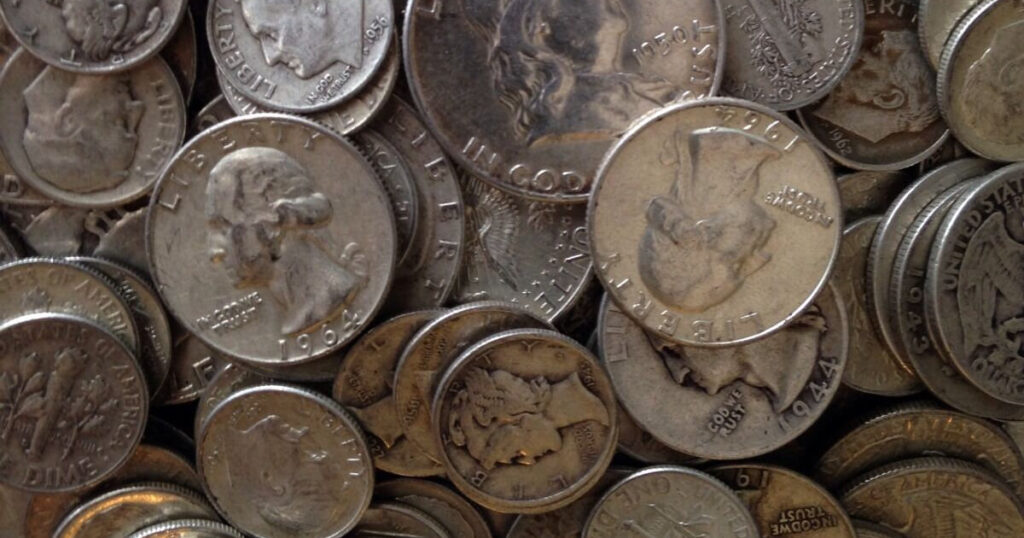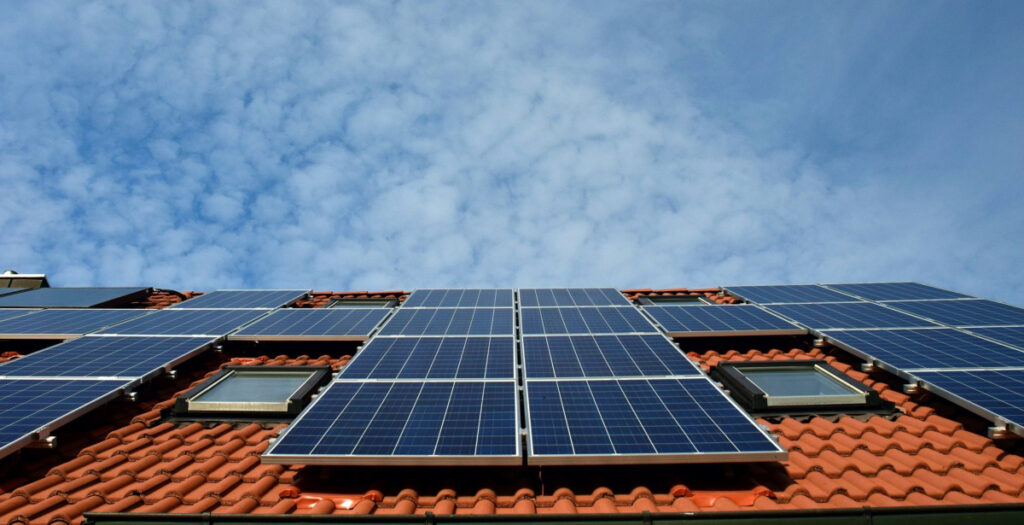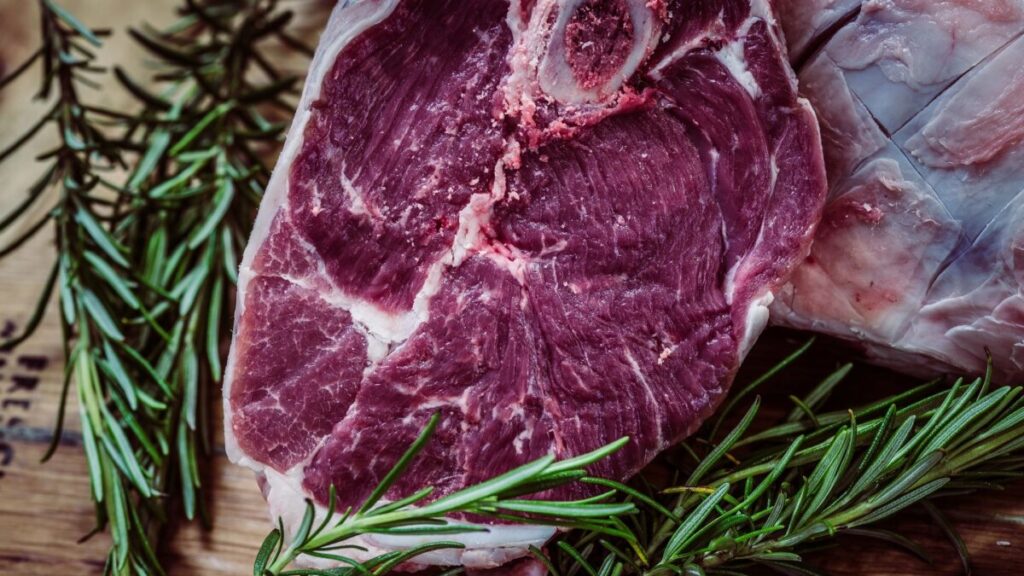Yesterday, I suggested you use the coming (temporary) period of exuberance and excitement after the COVID-19 nightmare draws to a close to prep. Below are some suggestions in greater detail, but because we’ve talked about food and water before, we’re going to start with the bigger preps and work backwards:
Get Out of the Cities
I think the biggest priority for any serious prepper should be to move out of an urban or suburban location and to a rural one. I’m not talking “vacation country” where people go to spend two weeks a year, but hardcore country where just about everyone owns a chainsaw, a rifle and pickup truck.
Your stimulus check won’t buy your new property, but it can cover the travel and other expenses related to a property search.
Ideally, you will have a house (shelter) with a well, spring or other natural water source (water), a wood stove or fireplace insert, your own source of firewood that you can cut and burn (shelter), and room to plant a garden and/or raise some small livestock (food). Or, heck, some full-size livestock, if you have sufficient land (more food and maybe a source of income).
If a small homestead isn’t possible or is beyond your budget, houses in small towns and villages in rural locations are going to be better than cities and suburbs. They don’t have all the advantages rural and gives you, but neither do they have many of the disadvantages the city has. They are also more likely to have high speed Internet than a very rural location, which can be helpful for those who need to work from home.
How convinced am I of the importance of such a move? I did it myself.

Find a Retreat or a Bug Out Location
If you are unable or unwilling to leave the city or suburbs, then I recommend that you beg, borrow or buy a retreat or a bug out location. This differs from a permanent move and is significantly less expensive.
Your retreat can be at the house of a friend or family member that lives far from the city. As long as they guarantee you a spot in their place, consider pre-positioning some supplies there. You could also contribute with work or finances to help him improve the place to better serve as your bug out.
You can also purchase raw land, preferably with an access road to it. Over time, you could improve it in bits and pieces. For example, drill a well to ensure you have water and install either a manual or solar powered pump. Build an outdoor kitchen that uses wood for fuel. You now have everything thing you need to camp there, so spend some long weekends up there to get to know the area. Cut and stack some firewood. Maybe buy a Conex or park and old RV there and leave it on site with some equipment and supplies inside. You still need to visit to keep the place safe and prevent mice from destroying your RV.
When it’s time to bug out, you may drive there in the middle of the night. It will be good to arrive in a familiar place, even if you have to camp out there.
Set up a Storage Unit
Rent a storage unit near your retreat location and store supplies in it. These usually have some minimal level of security and may be safer than a Conex or RV on your property. You can pre-position food, tools, clothing and footwear here.
When we did this, we stored clothing in five-gallon pails. Not a single one got a bug in it, while the clothing store in cardboard boxes got some bugs and dirt. We also put first aid supplies, soap, shampoo, toothbrushes, multi vitamins, common OTC medications similar items in buckets. They came through just fine, although some expiration dates were well past by the time we dug them out.
Buy Some Silver

We discuss bullion for preppers in a separate article, but right now on eBay, the $1,400 stimulus Biden promised you will buy about 10 rolls of pre-1965 dimes or five rolls of junk silver quarters. So if you needed to get started in with some junk silver, your stimulus check is an opportunity to do so.
It will also come close to buying two rolls (40 coins) of Silver Eagles. They are more expensive (per ounce of silver) than junk silver, but they are also an option.
Stock Up on Guns, Ammo and Accessories
I hope you already have sufficient guns and ammo to meet your survival needs, but if you don’t I recommend that you invest now. Your stimulus check could buy you an AR-15 and about 500 rounds of ammo.
If you already have guns, then buy ammo, magazines, optics, and other accessories. Ammo is critical because it’s a consumable and will run out. Magazines are always important but are becoming more so as the Biden administration threatens to ban them. In our survival guns round up, we recommended six magazines per pistol and twelve per AR-15, but you may want more. Remember, without these necessary feeding devices, your $1,000 gun becomes a single shot.
In addition to the standard magazines that are sold with your gun, like the 30-round AR mag, or a 17-round Glock 17 magazines, consider getting extended magazines. SureFire makes a 60-round AR magazines, and there are drum magazines that hold up to 100 rounds for many popular firearm platforms. Several manufacturers make extended Glock magazines or baseplates that will add rounds to an existing magazine. The prices of these mags will only continue to rise as threats of a ban grow.
Get a Generator
The stimulus check isn’t enough to buy a whole-house generator, but it should be sufficient to buy a gas powered generator and get set up with a transfer switch. As “green energy” replaces coal plants and nuclear power plants reach the end of their life cycle, we’ll probably be seeing more power outages like Texas and California experienced. Whether you live in the city or the country, a generator will make things easier on you during a lengthy power outage.
For more information on generators, see our article entitled How to Use a Generator During a Power Outage.
Solar Power

$1,400 will not buy you a big solar power system, but it’s enough to get you started. You could buy a solar generator and a second battery, plus a few hundred watts of panels. That should be sufficient to run some lights, recharge your batteries and devices, and power any emergency equipment. If you have funds left over, buy everyone a high quality handheld flashlight and a headlamp or two, preferably models that run on rechargeable 18650 lights.
Buy and Preserve Meat

Food prices continue to rise and meat is at the top of the list as prices increase. You can buy and store meat in several ways:
Get a freezer. Freezer chests are cheap enough that you can get two, if you find them, and buy enough meat to fill them both with your stimulus check. Don’t buy only the expensive steaks, get an assortment, including roasts, stew meat, ground meat, pork loin, pork chops, ham, multiple flavors of sausage, and lots of chicken. Chicken is often the least expensive meat protein available.
If you are worried about power outages, consider canning your meat. Don’t have a pressure canner? Your stimulus check represents an excellent opportunity to buy one, along with cases of quart and pint jars and plenty of extra lids. You may have to shop around as supplies are tight, but it is better to stock up now than when harvest season kicks in and the store shelves empty again.
If you’ve got the funds, consider getting a home freeze drying machine and freeze drying your own meat. Lean meat preserved by freeze drying can last for decades if properly packaged. That will protect you from inflation as well as giving you a supply to fall back on in a SHTF moment.
You can also buy livestock and store your food “on the hoof,” so to speak. You could get some feeder pigs, a few goats, bee hives, rabbits and cages, chickens and a coop, etc. If you buy commercial feed, it would not hurt to stock up.
Buy Additional Equipment
A pressure canner and a freeze drier are both examples of equipment, and preppers always seem to have a list of equipment they want to buy. Keeping in mind it’s always good to have a spare, here are some suggestions:
- A tractor or implements for an existing tractor that can help you produce more food and harvest more firewood.
- Another chain saw, a power splitter, and hand tools to move logs.
- Garden and shop tools, both manual and power, either battery or gas-powered. I’m sure we all have a special tool we want. I know I do!
- A gasoline or diesel storage tank.
- Hunting equipment, like blinds, trail cameras, deer stands, a range finder, and a spotting scope. If you have any money left over, buy traps and snares.
You get the idea.
Have a Plan
An extra $1,400 or $2,800, or more if you have kids, is a serious chunk of change. Add in your tax refund, and you could have quite a windfall. Don’t waste it. Think about your needs, make a list, and put together a plan.
People who have a plan spend their money wisely. People who don’t follow a plan piss it away and wonder where all their money went. Play it smart. Use your money to pay off debt or prepare for the future by improving your preps.







